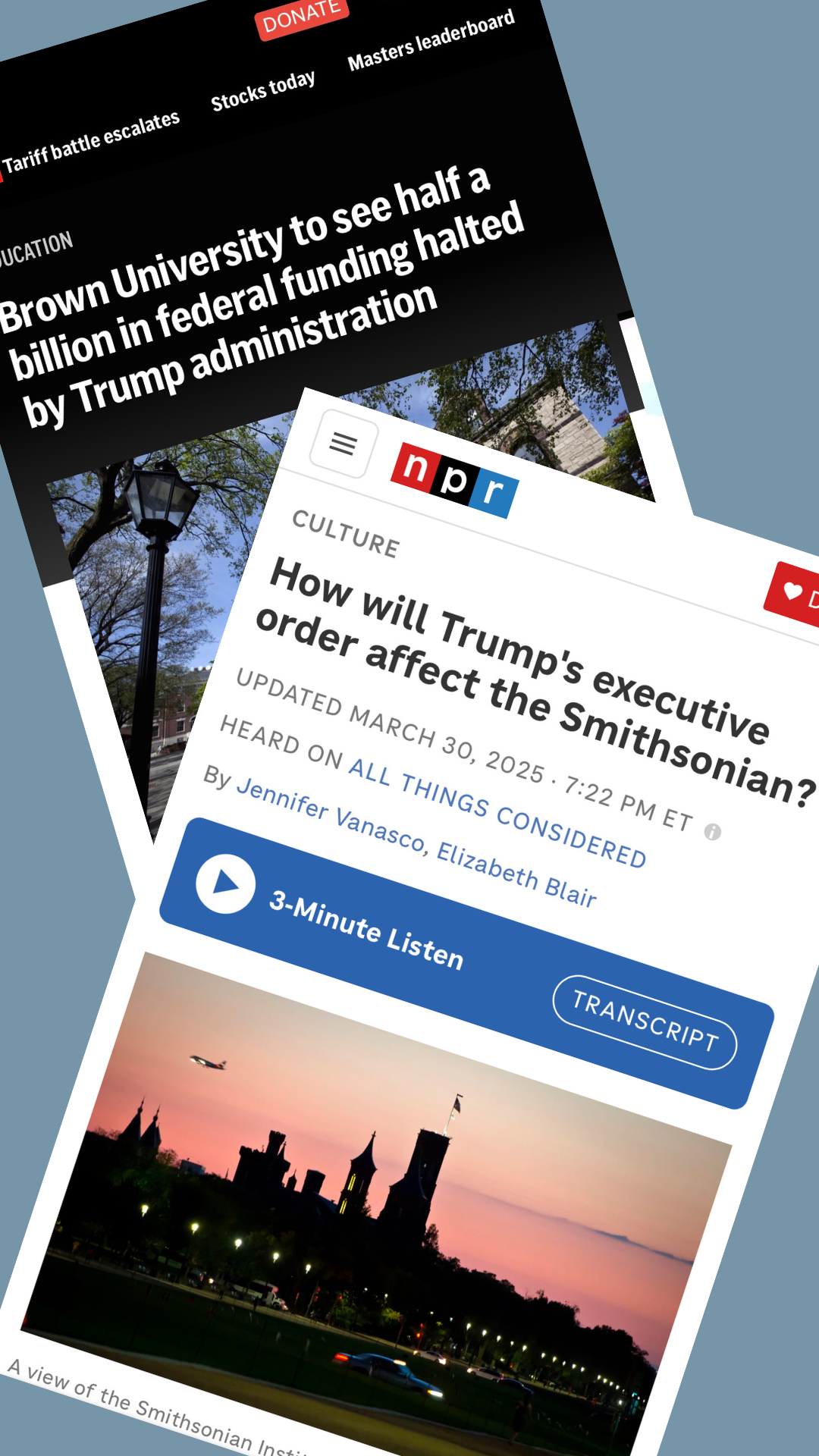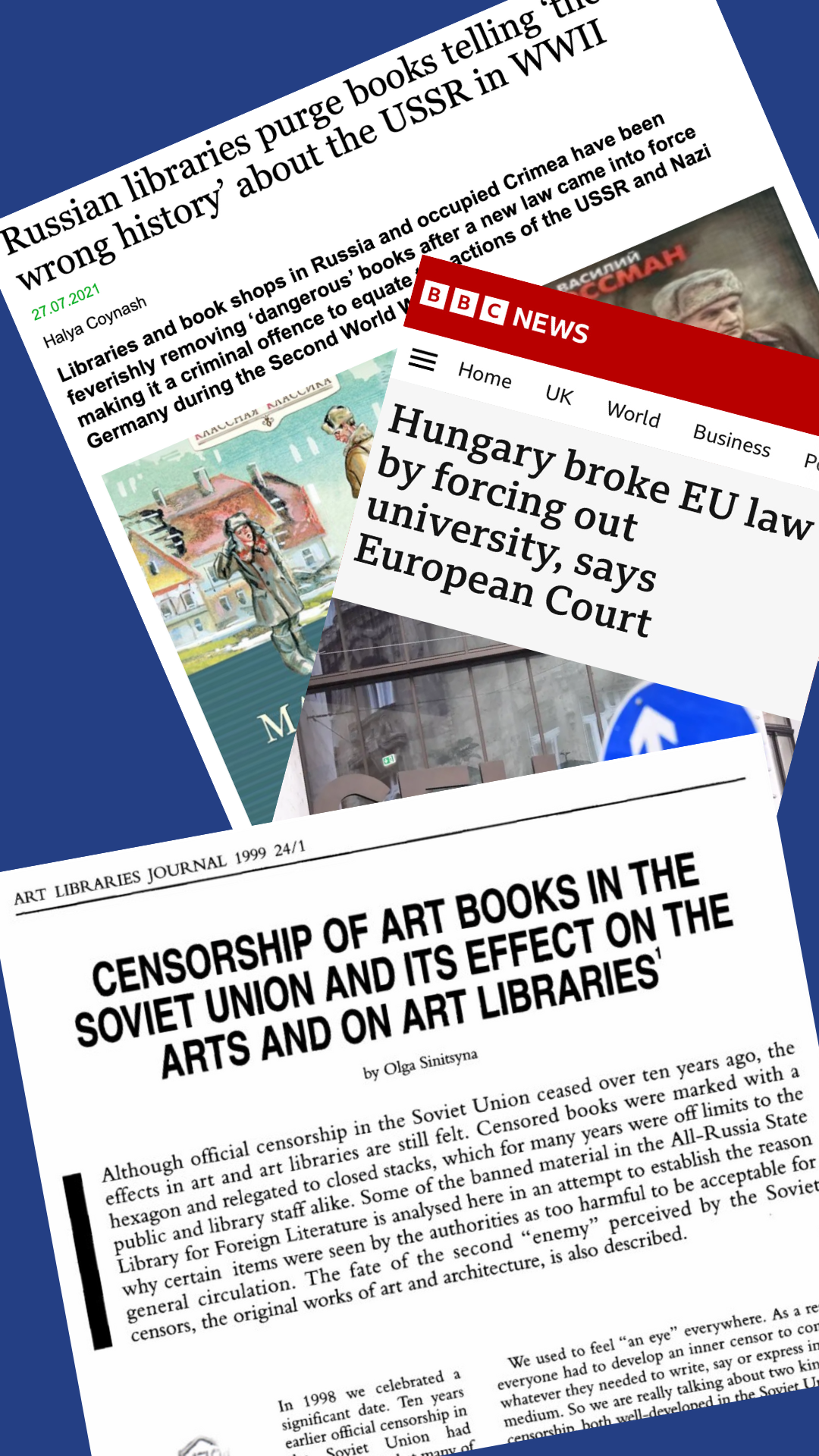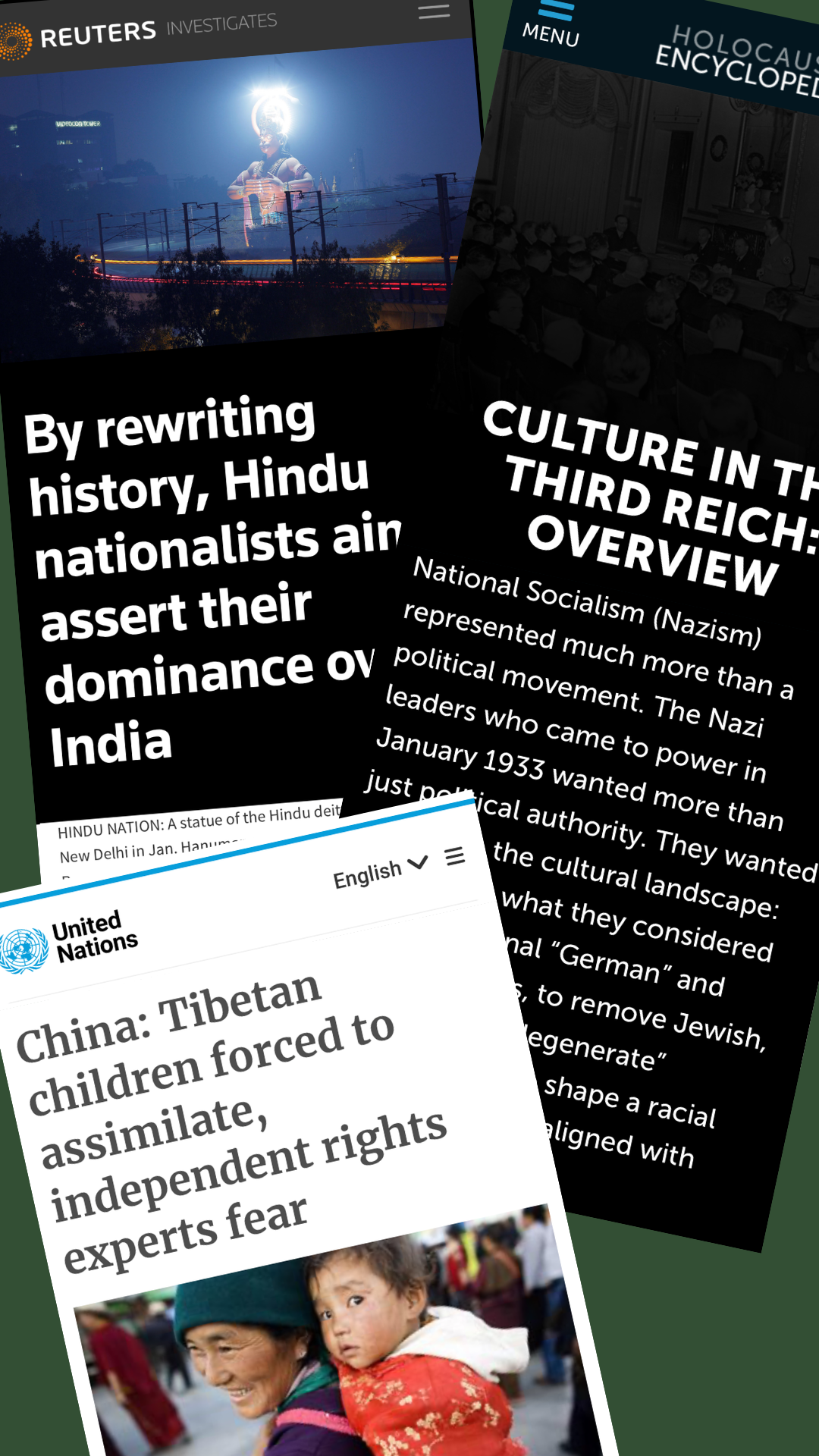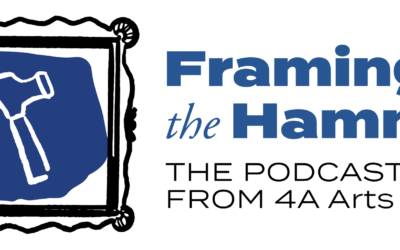0% of the Budget-100% of the Damage
Just a few short days ago, a new age of arts advocacy was abruptly and painfully ushered in when the Department of Government Efficiency (DOGE), under Elon Musk and the Trump administration, directed the National Endowment for the Humanities (NEH) to lay off 70-80% of its employees and cut all of its grant programs, affecting thousands of cultural groups across all 50 states. For some states, this will mean disaster; the Idaho Humanities Council stands to lose 75% of its funding, devastating its cultural programming. The New Mexico Humanities Council has already announced its intent to shut down.

The order falls on the heels of a similar conflagration happening at the Institute of Museum and Library Services (IMLS). An executive order issued on March 14, 2025, called for the elimination of the IMLS “to the maximum extent.” Consequently, the agency’s entire staff of 70 was placed on administrative leave on March 31, 2025, halting the entirety of its annual grants to libraries and museums.
IMLS, which had a budget of approximately $313.58 million in 2023, is the primary source of federal support for U.S. libraries and museums. These cuts will decimate library and museum funding for Democrats and Republicans alike; competing for the highest allocated funding are blue bastion state California, standing to lose $15.7 million in federal funds, and Republican stronghold Texas losing $12.5 million.

The Power of Narrative
Arts advocates in every state were stunned. But while presented as measures for streamlining government and eliminating waste, the consequences of these actions suggest a broader, more troubling shift-one that mirrors the rise of authoritarian regimes both past and present.
This is not a partisan claim. It is a historical and cultural observation. The arts and humanities, and the institutions that safeguard them, have always been among the first targets of governments that seek to centralize authority and control public consciousness. When libraries, museums, and humanities councils are defunded or dismantled, it is not about budgetary preferences-it is about narrative control.
These actions are unfolding alongside broader efforts by federal agencies to investigate and defund colleges and universities based on their diversity, equity, and inclusion (DEI) programs. Universities such as Brown, Columbia, and Harvard are facing the potential loss of billions in federal grants.* Meanwhile, cultural institutions like the Smithsonian have been targeted for their programming choices, particularly exhibits and research that focus on race, gender, and historically marginalized communities. The administration even has Big Bird in its sights now.

Global Echoes: A Pattern Emerges
What’s happening in the United States today bears striking resemblance to the early moves of governments in Hungary, Russia, India, and China-countries where democratic institutions still exist, but where the erosion of independent cultural and educational voices has paved the way for increasingly centralized, authoritarian rule. Authoritarian regimes across history and geography have often begun their cultural crackdowns not with sweeping censorship or overt repression, but through more incremental, bureaucratic tactics: budget cuts, leadership purges, curriculum reforms, and redefinitions of “acceptable” culture. These early actions, often justified as efficiency measures or patriotic realignment, lay the groundwork for deeper ideological control.
Restructuring Institutions of Thought and Memory

Many regimes begin by destabilizing institutions of higher education and cultural preservation. In Hungary, Prime Minister Viktor Orbán’s government used legal pressure and defunding to drive Central European University out of the country. India under Prime Minister Narendra Modi slashed funding for social science research and replaced critical faculty. In Stalinist Russia, independent libraries and archives were purged, while education was reoriented and even falsified to glorify state achievements, a strategy that continues today. The Khmer Rouge in Cambodia took this to an extreme, physically destroying museums and libraries and executing educators and intellectuals to eliminate historical memory altogether.
Rewriting Curricula and Historical Narratives
Control over education is a common thread. In Russia, school textbooks have been revised to minimize Soviet-era atrocities and promote nationalist pride. India has rewritten its history and social studies curricula to emphasize Hindu mythology and suppress the country’s pluralistic heritage. China has omitted references to events like the Tiananmen Square massacre from textbooks and strictly censors digital access to historical information. Stalinist Russia promoted a heroic, mythologized version of Soviet history, and Nazi Germany did the same through carefully curated educational and museum programming that celebrated Aryan supremacy.
Politicizing or Seizing Arts Institutions
The arts are often one of the first arenas targeted. In Hungary, the Hungarian Academy of Arts was packed with political loyalists and repurposed to promote nationalist themes. In Nazi Germany, modernist and Jewish art was denounced as “degenerate,” and cultural institutions were taken over by propagandists. Stalinist USSR restricted all visual art and literature to Socialist Realism, a state-sanctioned style designed to glorify communism. These measures suppress creative freedom and redirect cultural production toward state ideology.

Silencing Dissent
Independent artists, intellectuals, and cultural institutions have repeatedly been silenced through censorship, surveillance, or violence. In Russia, nonprofits were labeled “foreign agents” and had their funding revoked, while museums were pressured to cancel exhibits on LGBTQ+ themes or state criticism. In China, independent film, literature, and performance art are suppressed if they deviate from state narratives. Cambodia’s Khmer Rouge targeted anyone perceived as an intellectual, possibly even those simply wearing glasses, leading to mass executions and cultural annihilation.
Promoting a Singular National Identity

These regimes frequently promote a singular, state-approved identity while marginalizing others. China’s cultural policy has aimed to erase or assimilate Uyghur and Tibetan traditions through reeducation and surveillance. In Nazi Germany, cultural life was restructured to celebrate Aryan purity and militarism while eradicating Jewish and foreign influences. Modi’s India and Orbán’s Hungary have both emphasized nationalist mythologies at the expense of diverse, multicultural narratives that challenge the state’s ideological project.
In every case, these strategies began with what appeared to be administrative or cultural reforms-altering funding structures, removing critical perspectives, centralizing oversight-not with abrupt repression. But once independent institutions were weakened, regimes were able to consolidate cultural control, reshape national memory, and silence dissent. The warning signs are never dramatic at first-but the consequences are always profound.
Warning Signs in the U.S.
In 2025 alone, the United States has seen:
- The suspension of NEH and IMLS funding, leading to the closure of longstanding state humanities organizations, among others.
- Executive orders targeting cultural institutions like the Smithsonian for promoting narratives deemed “divisive.”
- Investigations into over 50 universities for DEI-related programming, with threats to withhold billions in federal funding.
- Federal encouragement to rewrite or revise educational curricula to better reflect “patriotic” values.
- Appointment of ideologically aligned individuals to lead agencies once devoted to nonpartisan educational and cultural missions.
These actions are not happening in isolation. They are part of a discernible pattern. And while they may not resemble the authoritarianism of the 20th century in form, they mirror it in function.
The Crucial Role of the Arts and Humanities
Arts and humanities institutions are not merely centers of culture or education; they are civic infrastructure. They help us understand who we are, where we’ve been, and what futures are possible. Museums and libraries preserve collective memory. Humanities programs foster ethical reasoning and critical thought. Public arts funding supports storytelling that reflects the diversity and complexity of a democratic society.
In this sense, the defunding of these institutions is more than just unfortunate-it is dangerous. Without the arts and humanities, a society becomes more susceptible to false narratives, simplified worldviews, and moral binaries. These are the conditions in which authoritarianism thrives.
The arts and humanities function as a cultural early warning system. Like a canary in the coal mine, they are the first responders to shifts in political air quality. Dismantling them fails to save dollars and instead costs Americans the very tools we need to think freely, remember honestly, and imagine a future beyond fear and control.

* Since the initial writing of this piece, Harvard has pushed back on the administration’s attempts to control the nearly 400-year-old Ivy League university, accepting $2 billion in lost grants.




